Context
In November 2022, OpenAI — a Silicon Valley unicorn largely unknown at the time — released ChatGPT 3.5. While artificial intelligence was not new to marketers, particularly digital-first agencies like Ogilvy Social.Lab, the text-generation capabilities of ChatGPT, alongside the image-generation breakthroughs achieved by Midjourney throughout 2022, represented a step-change in the technology’s potential.
Over the preceding years, we had invested in building data literacy across the organisation through Excel trainings, lunch & learns, data-driven strategy adoption, and expanded data automation in key departments. The next objective was to build on these foundations and establish a culture that encouraged both curiosity and adoption of a technology that, while largely unfamiliar internally, promised to reshape the industry at an unprecedented pace.
Challenge
The primary challenge was two-fold. First, there was a general lack of understanding of generative AI, what it was, how it worked, and what it could do. Second, the technology was evolving at such a rapid pace that adoption efforts risked quickly becoming outdated, with significant risk of certain staff segments falling behind.
Additionally, there was a myriad of other challenges to address, including: varying levels of disruption anticipated across departments; absence of relevant infrastructure; mixed levels of interest and scepticism among employees; differing business realities across client accounts; growing pressure from Ogilvy and our parent group WPP to deliver efficiency gains and P&L improvements; and a limited budget to address these priorities.
Solution
To address these challenges, we designed and implemented the Artificial Intelligence Monitoring & Adoption Programme (AI MAP). AI MAP was a holistic framework built on two pillars: Monitoring & Adoption.
Monitoring
Monitoring the evolution of AI models and their capabilities was our approach to managing the rapid pace of change. To that end, we developed a platform that collected information from a wide range of sources. This included both automated connections to online data sources, as well as feedback and input from staff, which were leveraged for multiple purposes.
- Online Sources: We developed
- Staff Input: We developed
Adoption
- Education: We developed tailored training modules, from introductory "AI for Everyone" workshops to advanced "AI for Specialists" sessions, covering topics like generative AI, predictive analytics, and responsible AI usage. These were delivered through a blended learning approach, combining online resources with interactive live sessions.
- Experimentation: We established an "AI Sandbox" environment, enabling teams to safely test and prototype AI solutions for specific client challenges or internal processes. This fostered innovation and allowed for rapid iteration and learning. We also introduced "AI Champions" within each department to act as local experts and advocates.
- Integration: We created an "AI Toolkit" – a curated suite of approved AI tools and best practices, integrated with existing agency platforms. Custom APIs and automation scripts were developed to streamline data flow and embed AI capabilities directly into workflows, such as content creation, media planning, and data analysis.
Execution
The rollout of AI MAP followed a phased approach, starting with pilot programs in key departments before expanding enterprise-wide. Regular "AI Huddles" were established to share insights, celebrate successes, and address challenges. A dedicated internal communications campaign ensured continuous engagement and highlighted the benefits of AI adoption.
We developed a custom dashboard to monitor AI tool utilization rates, track the number of AI-driven projects, and gather feedback on perceived value. This data-driven approach allowed for real-time adjustments to the program, ensuring it remained relevant and effective. Cross-functional workshops were held to facilitate knowledge transfer and collaboration between technical and non-technical teams, breaking down silos and fostering a more integrated approach to AI implementation.
Impact
AI MAP achieved significant success in accelerating AI adoption and driving measurable business impact:
- Top EMEA Office: Ogilvy Social.Lab Amsterdam became the top EMEA office in daily AI tool utilization, demonstrating a strong internal embrace of AI.
- 83% Daily AI Tool Usage: A remarkable 83% of all staff were utilizing AI tools daily, indicating widespread integration into routine tasks.
- Increased Efficiency: Automation through AI led to an estimated 25-30% reduction in time spent on repetitive tasks across creative and media teams, freeing up resources for more strategic work.
- Enhanced Client Value: AI-powered insights improved campaign targeting and optimization, leading to an average of 15% increase in key performance indicators for pilot client projects.
- Innovation Culture: The program fostered a culture of continuous learning and innovation, with a notable increase in employee-initiated AI projects and ideas.
The success of AI MAP at Ogilvy Social.Lab demonstrated a clear pathway for agencies to leverage AI not just as a buzzword, but as a core driver of operational excellence and client success.








